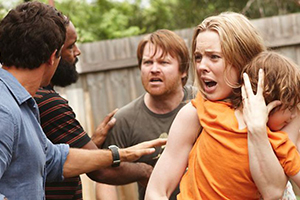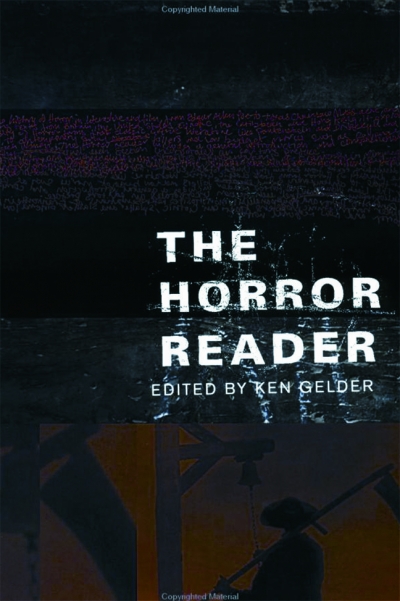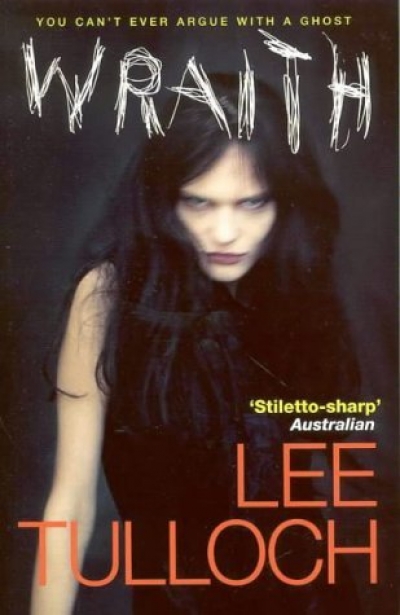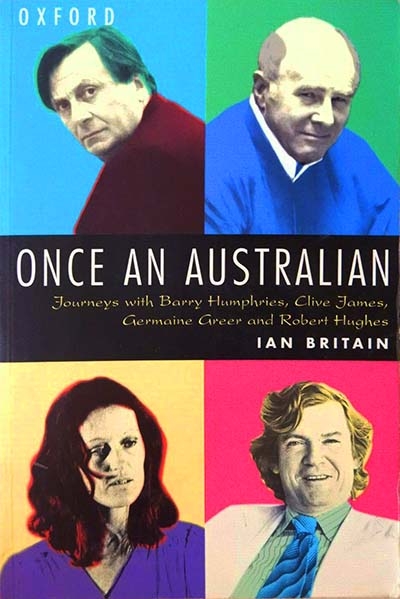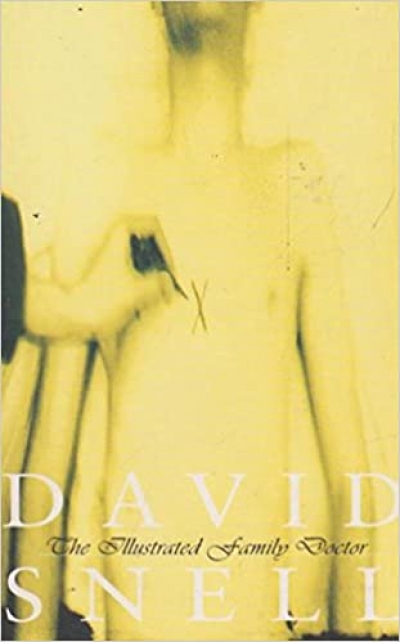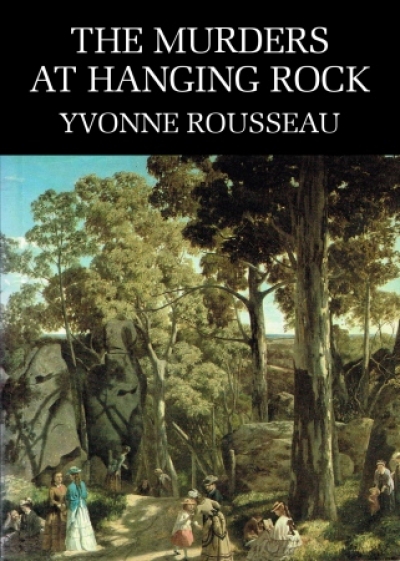Philippa Hawker
Choosing to set a screen adaptation of Tess of the d’Urbervilles (1891) in contemporary India might seem like an almost perverse shift, or an over-determining decision. But for British film-maker Michael Winterbottom, there is consistency and history of a sort. It is his third Thomas Hardy adaptation, and his fourth feature shot on the subcontinent. In re ...
... (read more)
Once an Australian: Journeys with Barry Humphries, Clive James, Germaine Greer and Robert Hughes edited by Ian Britain
by Philippa Hawker •

